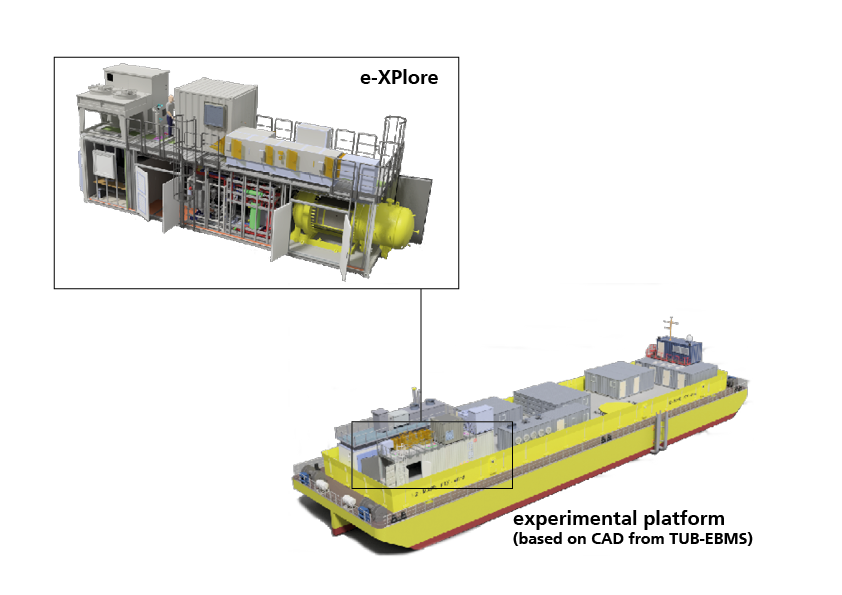H2Mare

Offshore conversion of wind energy into chemical products using hydrogen from seawater and use of Carbon Dioxide
Offshore conversion of wind energy into chemical products using hydrogen from seawater and use of Carbon Dioxide.
The sea offers ideal conditions for generating renewable electricity. Direct production of green hydrogen from wind energy in offshore systems without grid integration can significantly reduce costs compared to onshore production. The H2Mare lighthouse project is therefore researching the offshore production of green hydrogen and other Power-to-X products (PtX).
H2Mare consists of four collaborative projects with a total of 32 partners from research and industry. The total budget of the project is more than 100 Millionen Euro.
Goals of the H2Mare subproject PtX-Wind
- Unlocking the full potential of offshore wind energy to produce green hydrogen and PtX products derived from it
- Analysis of different PtX process chains with different electrolysis technologies for the production of methane, carbohydrates, methanol and ammonia
- Examination of the entire PtX process chain including the offshore supply of educts, the intermediate storage of energy and products as well as logistics
- Experimental testing of an exemplary PtX process chain in the maritime environment with containerized subsystems
- Development of a concept for a generic offshore PtX research platform and a digital twin
- Identification of optimal system configurations and operating strategies for offshore island applications
Goals and tasks of the DLR Institute of Engineering Thermodynamics
Aims:
Demonstration and analysis of SOEC electrolysis directly from offshore wind energy
Tasks:
- Experiments with short stacks to investigate the influence
- Contaminants in the maritime environment and the effects of transient operation on the H2/CO ratio in the produced synthesis gas
- Experimental study of the effects of printing operation on short stacks
- Experimental analysis of CO, CO2, steam and water electrolysis (AEL & SOEC) at the module level, consisting of several stacks
- Simulation of the integration of various electrolysis technologies with PtX process chains, taking heat integration and their techno-economic potential into account
- Development of operating and control strategies with intermittent energy sources through transient simulations
- Analysis of the pressure build-up by setting up two demonstration electrolysis systems: transportable for offshore SOEC and stationary for AEL

Graphical representation of the tasks of our institute within H 2Mare PtX-Wind

Development of the offshore platforms over the course of the project from experimental to research to production platform with the corresponding services and service life
Contact
Dr. Syed Asif Ansar
Head of Department Energy System Integration
Institute of Engineering Thermodynamics
Energy System Integration
Pfaffenwaldring 38-40, 70569 Stuttgart
Germany

